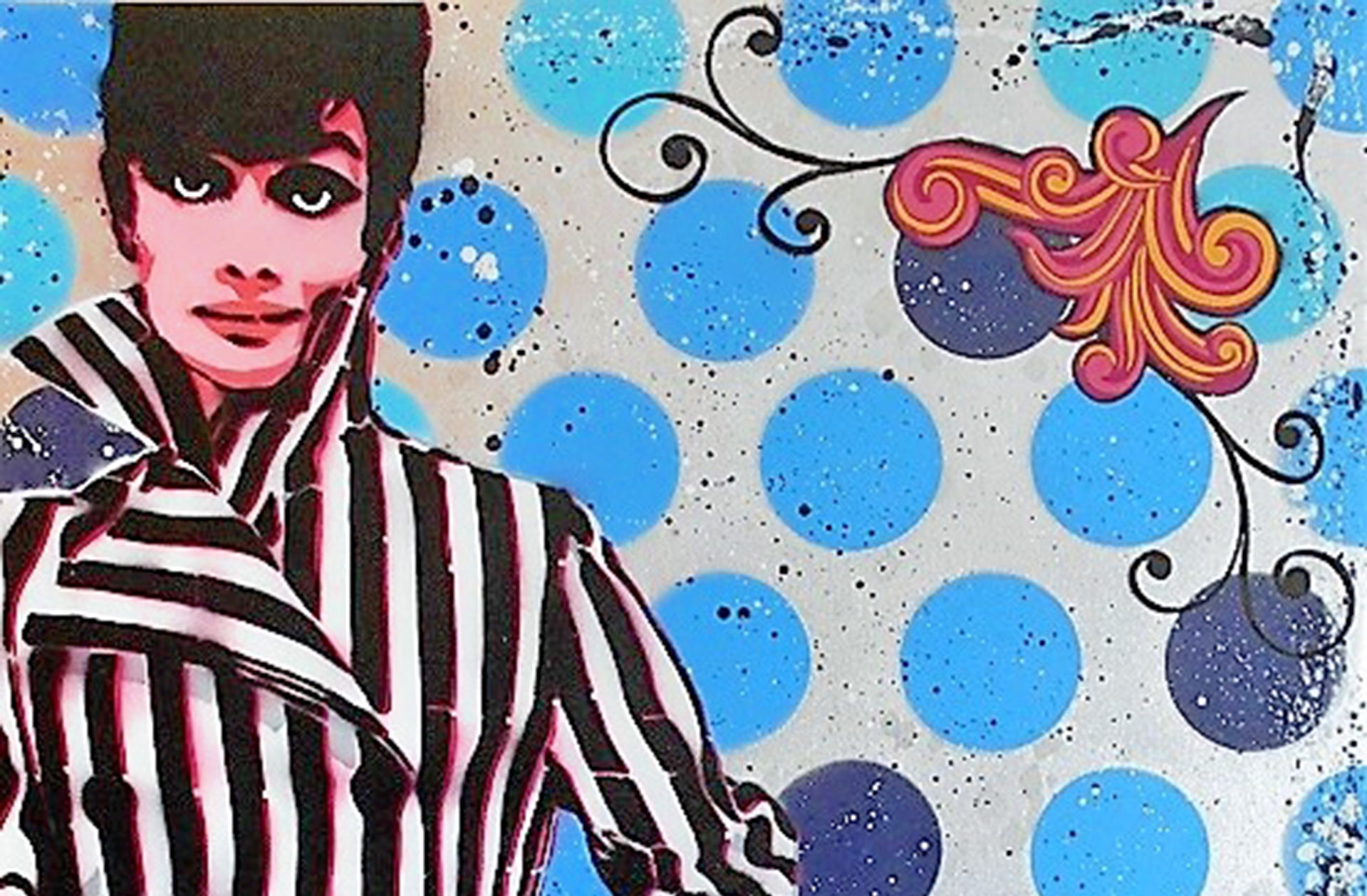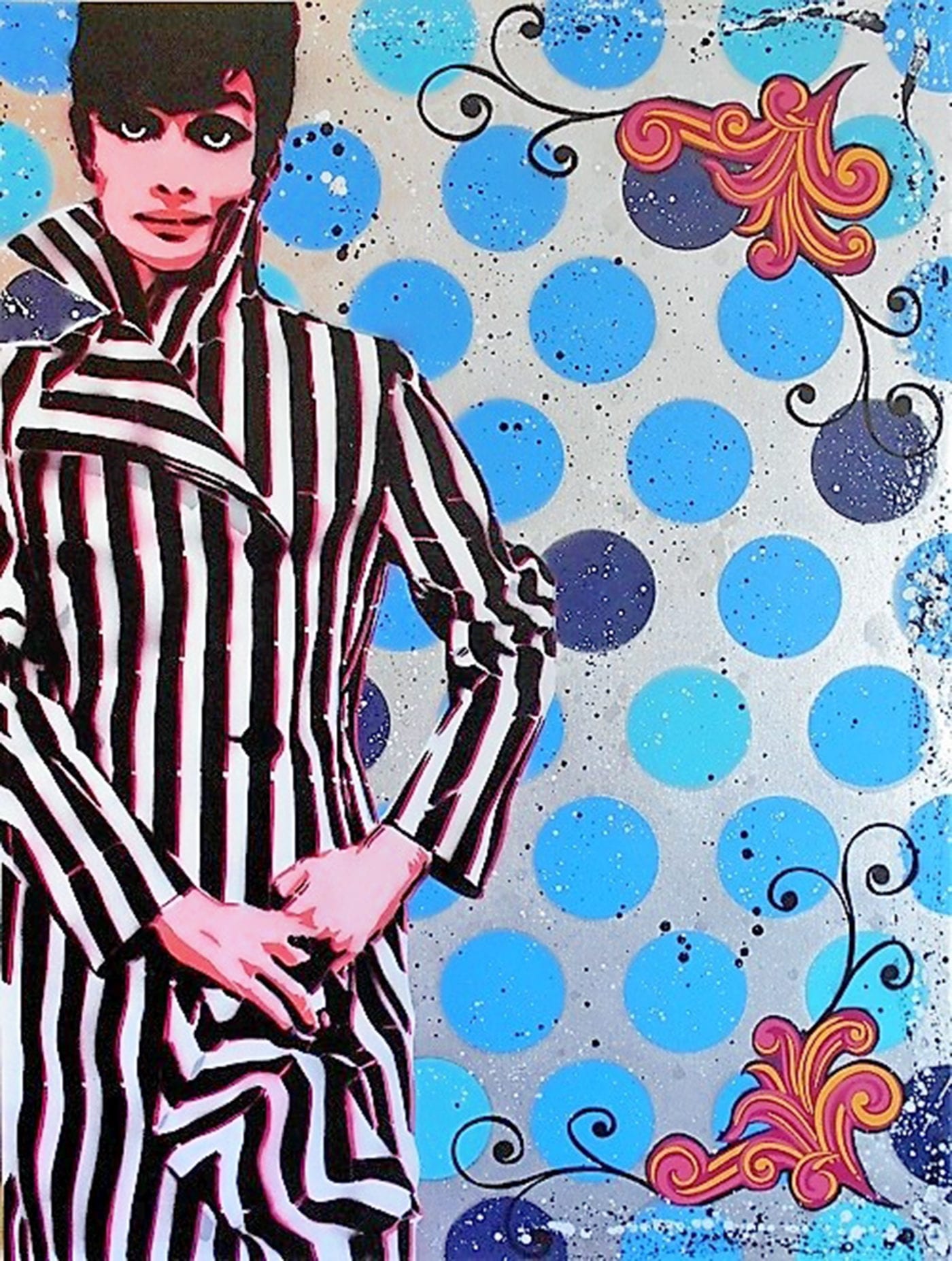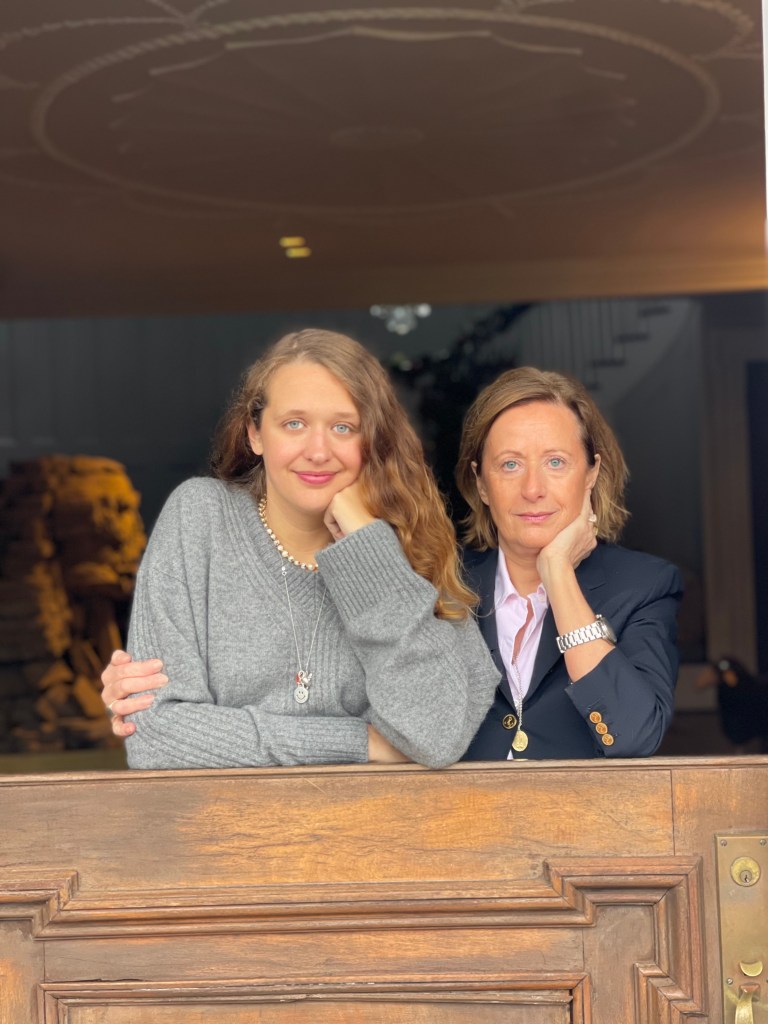Pop Goes The Easel


On view now through November 25 at The White Room Gallery in Bridgehampton is “HyperPOPism.” Featuring the works of Gabriele Vigorelli, Joss Parker, Joe Currie, and Seek One, the exhibit brings together four unique styles of color and palette in a seamlessly stylistic blending of pop art.
Vigorelli’s work is of geometric shapes and spherical symbols; Parker is a contemporary artist with a focus on celebrity portraits; Currie’s body of work follows the theme of a journey into abstraction, through architectural landscapes; Seek One began graffiti work at only 15 years old. His photography and graffiti express a mixed media style
Gabriele, in what ways do you practice spirituality on the East End?
Gabriele Vigorelli: The East End gives me a great opportunity to be in nature, silence, and meditation, which is vital for my creative process, in order to reach into my consciousness and to go beyond individual mistaken perception.
How do spirals/orbits/circles influence your everyday life?
GV: It’s a symbolic representational language (like mandalas, yantra paintings, hieroglyphics, etc.) that I resonate with and experience in my spiritual ancient tradition-philosophy meditation studies, practices. For example, my artwork at the White Room Gallery now with the word “Love,” has certain energy-vibration meaning. When I was doing the paintings, I felt such a pleasure in my being. I really did love writing that word.
Joss, you’ve recently taken up photography again. How does that working in that medium differ creatively from painting?
Joss Parker: There isn’t that much different between the two mediums. In essence, they’re both about capturing moments.
[With photography,] I’m free from too much thought, I can truly go with feel, and let the camera do the work. I find it liberating to break from my usual studio work. I began painting plein air oil landscapes, and photography helps me to pursue my passion for nature without lugging around an easel and the rest of the tools.
You grew up during the ’80’s pop culture, what was your favorite part about the culture, art aside?
JP: I’m probably more than a little biased in my view having grown up in the ’80s, but even in hindsight, I find it to be one of the most iconic decades of the last century. The music, the movies, the art, etc.
However, my favorite moments and highlights were from the sports and fashion worlds. In particular, the extreme sports. I raced AMA motocross, I surfed, skated, along with playing the more established team sports. The fashions and cultures that went hand-in-hand with those sports were very crucial to my overall development. Between the lessons learned, the color palettes, the athletes themselves, and the use of TV as well as print to market all of it. It was fun to grow up immersed in.
Joe, is there a particular drive, or open road journey, that resonates with you as inspiration?
Joe Currie: A journey that I am planning is a drive/pilgrimage to the artist, Robert Smithson’s land art piece Spiral Jetty at the Great Salt Lake in Utah. His art and writings have always inspired me.
And any journey into the sunset for a surf is always a good one.
Drives are typically accompanied by music. Either in real life, or metaphorically speaking in your work, what type of music would you associate with your landscapes?
JC: The soundtrack to my artwork would be a mix of ’70s/’80s good and bad rock to modern electronics. Led Zeppelin to Jon Hopkins, with a little bit of Van Halen in between the Brian Eno pauses.
Seek One, you were raised in the graffiti scene and even faced vandalism charges. What is your view on how graffiti has become mainstream with Banksy, Bradley Theodore, Goldcrown, etc.? How have you seen it change the most?
Seek One: I think it was inevitable. Graffiti has been a part of urban environments for years. It was only a matter of time until it reached the walls of galleries and museums. I consider myself fairly young to be in the art scene where I have found myself, yet I have come up in a time where this style has exploded. Each year there are new styles of “street art” emerging.
I would say the biggest transition is the notoriety street art is receiving from collectors and art auctions. For example, Basquiat selling for a record $110.5 million at Sotheby’s. This helps set a new standard in the art world, verifying street art as a legitimate style of fine art.
What do you miss most about graffiti that canvas painting just can’t convey?
SO: The biggest difference I notice between painting in the streets verse canvas is the thrill. There’s something about painting in the streets and finding new walls which gives you a rush. Painting in the studio is great, but it is a very controlled environment. In the streets, anything can happen.
The White Room Gallery is located at 2415 Main Street in Bridgehampton. Visit www.thewhiteroom.gallery.
nicole@indyeastend.com






